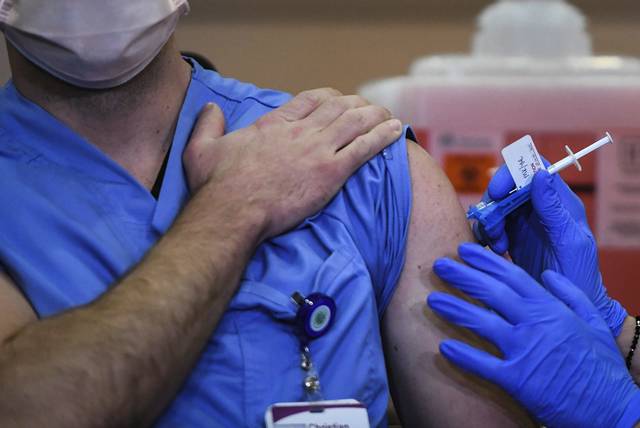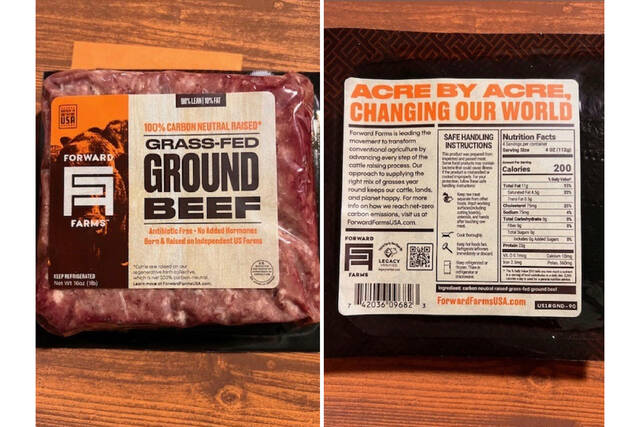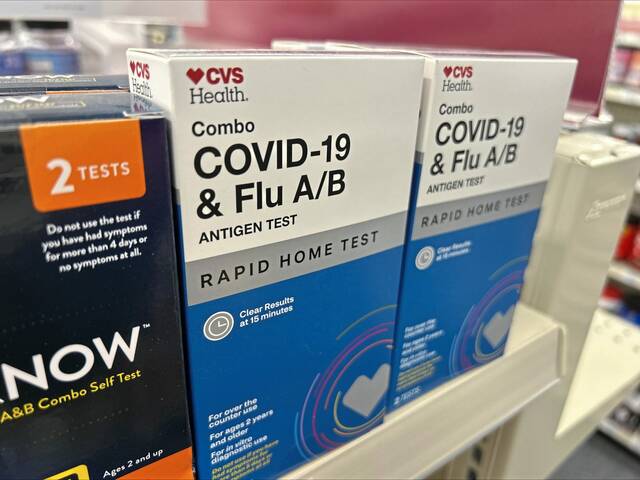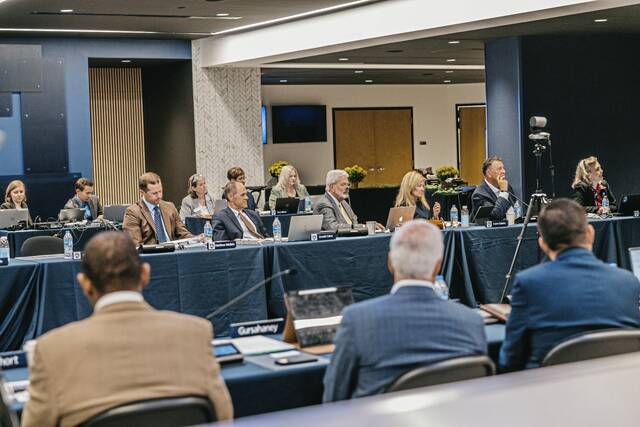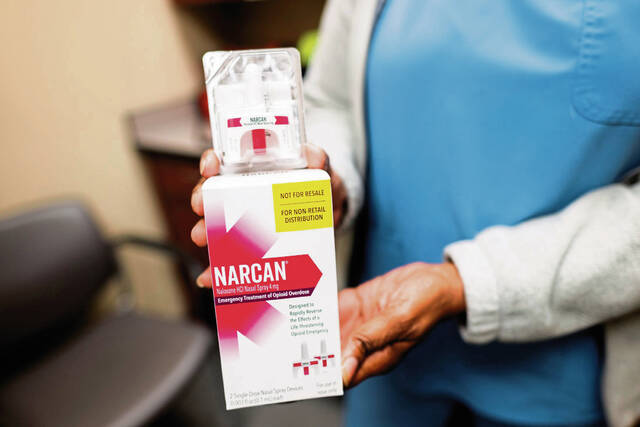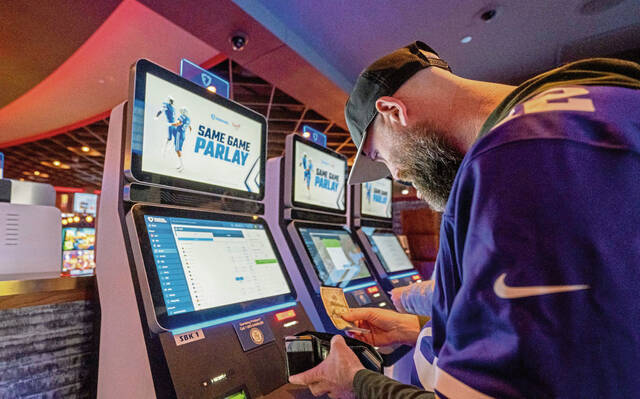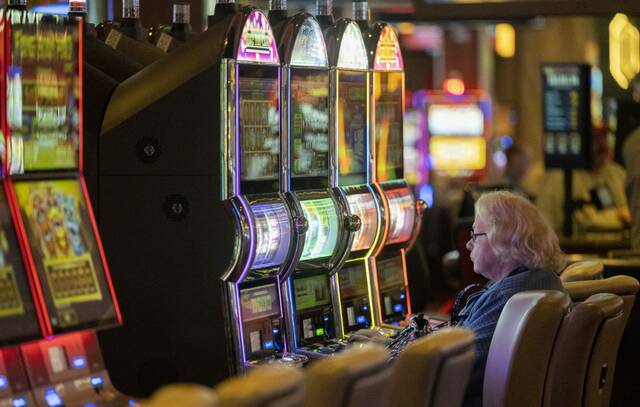Some health care workers at UPMC received Pittsburgh’s first doses of the newly approved covid-19 vaccine, but widespread availability is still months off.
State Secretary of Health Dr. Rachel Levine said Monday the state will receive 97,500 doses of the Pfizer vaccine this week, and the allocations to hospitals and healthcare systems will be announced as they happen.
The exception, she said, is Philadelphia, where officials have their own local distribution plan.
This is a pivotal development in the fight against #COVID19, in Pennsylvania and the nation. This limited supply of vaccine signals the start of the process to end COVID-19’s devastating impacts on every community in the commonwealth. https://t.co/MMhQqqlBHR
— Dr. Rachel Levine (@SecretaryLevine) December 14, 2020
Following guidance from the Centers for Disease Control and Prevention, the Department of Health laid out a three-phase plan that prioritizes vaccination for certain groups. The first phase, when availability is most limited, is broken into two subgroups.
The first part, Phase 1A, includes “very small initial allocations” of the vaccine that will go to healthcare personnel, from EMS personnel and nurses to those working in laundry, security and maintenance. It also includes healthcare workers in schools and correctional facilities. Employees and residents at long-term care facilities are in this phase.
Phase 1B includes critical and essential workers and prioritizes law enforcement, other first responders, National Guard responders and adult and child protective services. It includes critical employees in manufacturing, emergency services, energy, food and agriculture, transportation, a slew of other sectors and other employees in congregate settings like jails, schools and shelters.
Included in 1B are those with certain underlying conditions, such as cancer, chronic obstructive pulmonary disease (COPD), chronic kidney disease, sickle cell disease, the severely obese and smokers. Those over the age of 65 and residents of congregate care facilities also are included.
In Phase 2, when health officials expect there to be a larger number of doses available, the focus will be first on getting the vaccine to anyone covered in Phase 1 that has not yet received it.
It also includes critical workers who are deemed necessary to “continue critical infrastructure and maintain the services and functions Americans depend on daily and workers who cannot perform their duties remotely and must work in close proximity to others.”
High-risk conditions included in Phase 2 are asthma, cystic fibrosis, high blood pressure, liver disease and others, along with those who are overweight but not obese and those living in college dorms, boarding schools, military barracks and other settings.
In Phase 3, the vaccine will go toward anyone else not previously vaccinated, according to the state plan. To accomplish that, the department will work with hospitals, clinics and other health care providers to reach the rest of the population.


